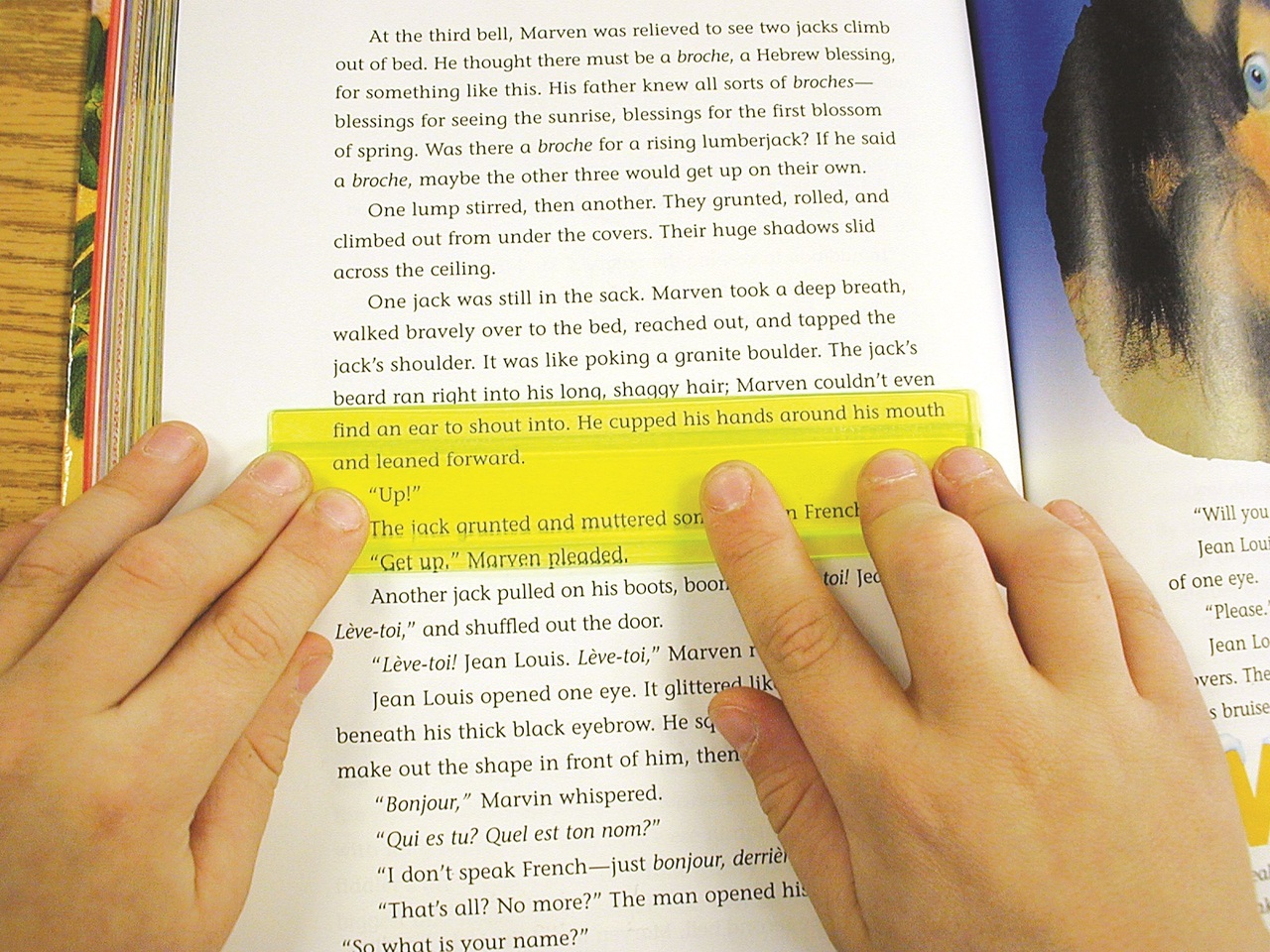
If open-ended questions such as the above fail to provoke reports of distortions, more direct questions can be given. One possible question to ask is: 'After you have been reading for a while, do the words or letters do anything different?'. If the child reports any illusory movement of the letters or words, or glare from the white paper, then treatment with coloured overlays or filters should be considered. Visual perceptual distortion should be suspected in children who have trouble learning to read, particularly if they report headaches and eye- strain from prolonged exposure to the page. How can visual perceptual distortion be spotted?

These distortions are characteristic of a condition that some have called Meares-lrlen Syndrome, Irlen Syndrome or Scotopic Sensitivity Syndrome. The distortions of text include blurring movement of letters, words doubling, shadowy lines, shapes or colours on the page, and flickering. Some people can experience distortions when they look at certain materials, particularly text. It may also be helpful to trim the overlay so that it is less conspicuous. If teasing is a problem, it may help for staff to explain to the class that the use of overlays to correct sight is similar to the use of glasses.

Pupils should nevertheless feel free to touch the overlay in order to point when reading. The overlay should not be creased, and it is a good idea to keep it in an envelope when it is not in use. The text should be positioned to avoid reflections from the surface of the overlay caused by lighting. The reader should place the sheet over the page, when reading. They read more quickly with their overlay, both before and after they had become accustomed to its use. They continued to use an overlay of that colour without prompting for more than three months. About 20% of the children found one or other of the colours improved the clarity of the text. In several studies, children in county primary schools were - individually shown a passage of text covered in turn by a variety of coloured overlays, including grey or clear overlays for comparison.

It is important to assess the effects of a wide range of colours because individuals do not all benefit from the same colour. They enable some children to read text more fluently and with less discomfort and fewer headaches. There is now scientific research to show that both coloured filters (worn as spectacles) and coloured plastic sheets laid over text (known as overlays) can help some children to read.Ĭoloured overlays are sheets of translucent or transparent coloured plastic that can be placed over a page of a book so as to colour the text beneath without interfering with its clarity.Ĭoloured overlays reduce the perceptual distortions of text that children sometimes describe.


 0 kommentar(er)
0 kommentar(er)
